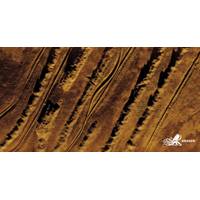
Kraken Joins Forces with US Navy for SAS Sensor Research
Kraken Robotics has signed an agreement with Naval Undersea Warfare Center Division (NUWC) in Newport to conduct joint research into advanced signal processing techniques for the current and future generation of Synthetic Aperture Sonar (SAS) sensor technologies.The cooperative research and development agreement signed between the parties also includes exploration into enhanced image processing techniques such as data fusion, image registration, multi-spectral image enhancement and automated target recognition.Kraken Robotics has engaged in several similar R&D agreements with U.S. government
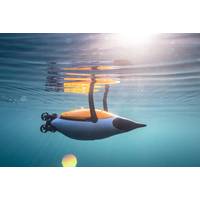
VIDEO: Penguin-Inspired Quadroin AUV Upgraded
EvoLogics, a Berlin-based provider of high-tech underwater robotics, data networks, positioning, and sensor technologies, launched the next iteration of the Quadroin AUV.Originally introduced in May 2021, the Quadroin vehicle garnered attention for its distinctive, penguin-like design. Engineered for monitoring and surveying, the fast and maneuverable Quadroin leverages EvoLogics' expertise in low-drag bionic design. Dr. Rudolf Bannasch, EvoLogics founder, delved into years of research on penguin locomotion, resulting in the AUV's remarkable hydrodynamic properties. With its low-drag shape

JAIA Robotics: A new name in Micro AUVs
on the large, complex deeper, longer endurance system, Jaia Robotics has more modest goals. “Jaia Robotics is focusing on democratizing aquatic data collection,” said Owen. “With the ability to collect data over really wide areas, using multiple robots, working in pods with sensor technologies that are getting smaller and smaller.”As the Jaia team started with the theoretical “blank sheet of paper,” one particular challenge was balancing performance versus cost while not always opting for the cheapest option. As the system became more ruggedized, another problem
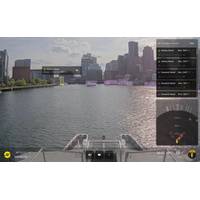
Sea Machines Debuts AI-ris Computer Vision for Commercial Vessels
small in size, like swimmers, kayakers or animals, to those very large, like another ship,” said Trevor Vieweg, CTO, Sea Machines. “With the ability to detect, classify and geolocate such targets via optical sensors, AI-ris augments and surpasses the capabilities of existing marine sensor technologies, like radar and automatic identification system (AIS), enabling greater performance and achieving the highest levels of safety. In the future, this technology may also help responders detect marine oil spills.”AI-ris is commercially available now and can be installed aboard existing
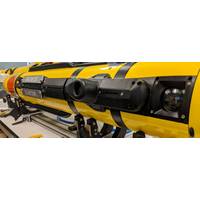
Voyis: Enabling Subsea Autonomy with Complete Optical Payloads
cathodic protection system from Ocean Floor Geophysics to deliver application specific payloads. This reduces barriers to adoption and makes it easier than ever before for surveyors to adopt new survey technology.Recent innovations in highly capable small vehicle platforms, miniaturized sensor technologies, and advanced sensor autonomy provide the building blocks to achieve the future vision of fully remote operations. But true autonomy is not achieved in isolation, it will require surveyors, vehicle designers, and sensor manufacturers all working together in partnership to overcome the
Canada's Ocean SuperCluster Invests in Collaboration
ocean sensors for autonomous ocean platforms in collaboration with Canada's Department of Fisheries and Oceans (DFO) and Dalhousie University's Department of Oceanography (DAL).The Advancing Smart Integrated Ocean Sensors for Autonomous Platforms Project focuses on developing new sensor technologies aimed initially at the Biogeochemical (BGC) Argo program with the objectives of improving sensor stability and reducing power requirements and cost per profile. In this AOSP project, RBR will undertake the technology development and productization of the new BGC sensors while collaborators
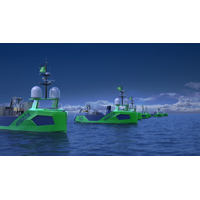
Sonardyne's Sensors for Ocean Infinity's Armada USV Fleet
vessels.As reported previously, Ocean Infinity in February launched Armada, a marine technology and data company boasting the industry's largest fleet of unmanned surface vehicles (USV).Sonardyne said Wednesday it would provide the first wave of Ocean Infinity’s new Armada fleet with key sensor technologies for underwater platform navigation, tracking, control, and communications, as well as ensuring uninterrupted surface navigation, even when global navigation satellite system (GNSS) services are degraded or denied.The low-emission robotic fleet will initially see 17 bespoke designed uncrewed
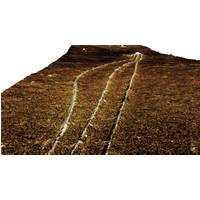
Kraken Reports Contracts Worth $2.8 Million
Aperture Sonar continues, with first sea trials expected later this year. This product will provide a unique capability, enabling simultaneous ultra-high-resolution acoustic imagery and buried object detection from the same sensor.Kraken said it continues to develop numerous other innovative sensor technologies, further separating Kraken from traditional sonar market competitors. Two of these technologies include an ultra-high-resolution nadir gap filler solution and seamless SAS capabilities. The company expects to provide further details on these new technologies and related products in the coming
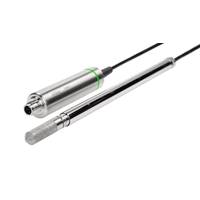
Vaisala Launches New Smart Probes
for industries to save energy, optimize processes, and improve product quality.The new probes will improve customers’ process efficiencies by providing accurate and reliable measurement data for their industrial processes. The capabilities of the new probes are based on next-generation sensor technologies.The new Vaisala DRYCAP Dew Point and Temperature Probes DMP5, DMP6, DMP7, and DMP8 are optimized for low humidity and high temperature or pressurized environments. Dew point measurements are particularly important in various industrial drying applications, for example in ovens and compressed



 February 2024
February 2024





